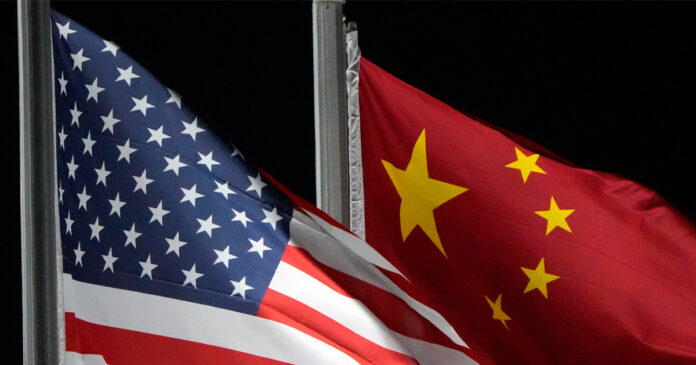
The National People’s Congress of China started on Sunday a 9-day meeting with a presentation by the outgoing Premier Li Keqiang, who set at around 5% the 2023 growth target for the Chinese economy. Judged as modest by some observers, the target coincides with the latest projection by the International Monetary Fund of 5.2 % growth for China’s economy in 2023.
The 5% target may seem modest, but it is better than the disappointing 3% growth registered in 2022, under strict pandemic controls, the worst growth rate in China in more than 40 years. It is also true that these low single digit figures are disappointing in an economy that registered double digit growth for three decades. However, the latest figures confirm the declining trend in Chinese economic growth, at an average of 6.7%between 2015 and 2019 and less than an average of 5%, between 2020 and 2023.
By contrast with 2009, during the Great Recession, this time there is no equivalent to the $586 billion reactivation package that pushed growth in China to more than 9%, contributing to compensate for the recession in the advanced economies. Today, demand for Chinese exports is faltering, given the slowdown in the advanced economies, while the domestic housing sector remains depressed since 2020. As departing Premier Li Keqiang said, “This year it is essential to prioritize economic stability and pursue progress while ensuring stability.” (The Wall Street Journal 03/06/23).






